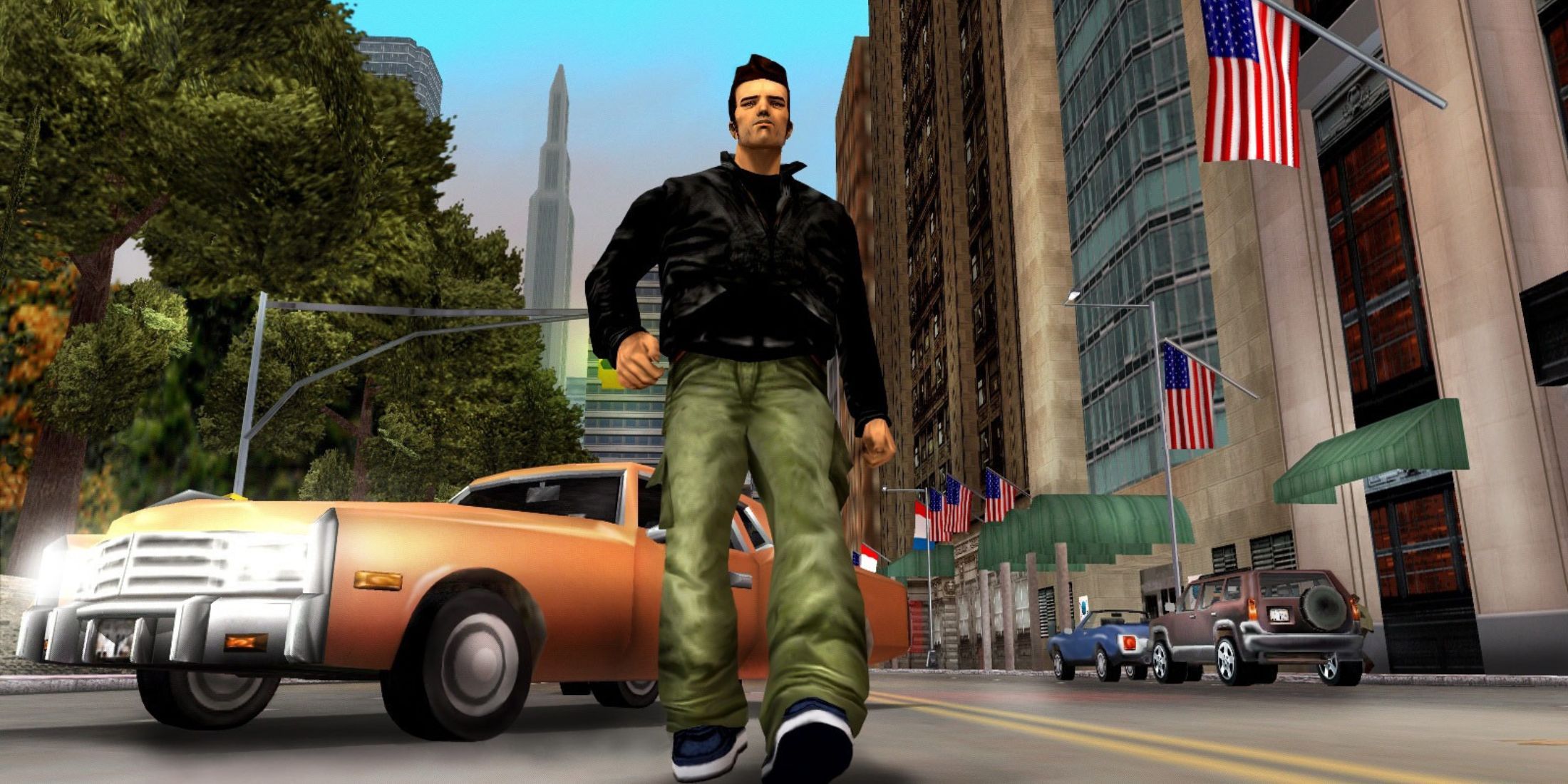GTA 3 Secret Origin Unraveled

Grand Theft Auto 3's Cinematic Camera Angle: A Train Ride's Unexpected Legacy
The iconic cinematic camera angle, a staple of the Grand Theft Auto series since Grand Theft Auto 3, has an unexpected origin story. Former Rockstar Games developer Obbe Vermeij recently revealed that this now-beloved feature stemmed from the surprisingly dull experience of riding a train in the game's early development.
Vermeij, a veteran who contributed to GTA 3, Vice City, San Andreas, and GTA 4, has been sharing behind-the-scenes anecdotes on his blog and Twitter. His latest revelation details the genesis of the cinematic camera. Initially, train rides were deemed "boring," and Vermeij explored skipping the journey entirely. However, technical limitations (streaming issues) prevented this. His solution? A dynamic camera that shifted between viewpoints along the train tracks, injecting some visual interest into the otherwise monotonous ride.
The shift from a mundane train journey to a defining gameplay element occurred when a colleague suggested applying the same dynamic camera to car driving. The team found the result "surprisingly entertaining," and thus, a landmark feature was born.
While the camera angle remained unchanged in Grand Theft Auto: Vice City, it underwent revisions in Grand Theft Auto: San Andreas by another developer. A fan even demonstrated what GTA 3's train rides would have looked like without the cinematic camera, revealing a rather standard, overhead perspective. Vermeij confirmed this, noting the camera would have been positioned similarly to the car's perspective – above and slightly behind the train carriage.
Vermeij's recent contributions also include verifying details from a significant Grand Theft Auto leak. This leak revealed early plans for an online mode in GTA 3, including character creation and online missions. Vermeij confirmed his involvement, stating he had developed a rudimentary deathmatch mode, but the project was ultimately scrapped due to requiring extensive further development. The cinematic camera, however, proved to be a lasting success, shaping the feel of the series for years to come.





















![Salvation in Nightmare [v0.4.4]](https://imgs.21qcq.com/uploads/36/1719555347667e551321c26.jpg)





